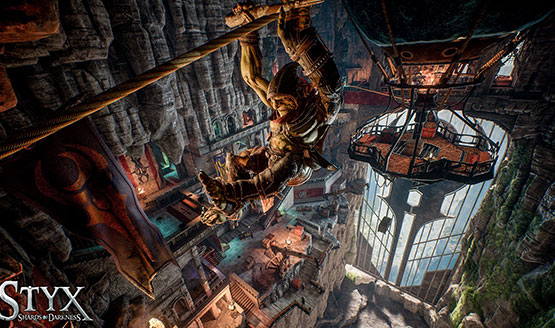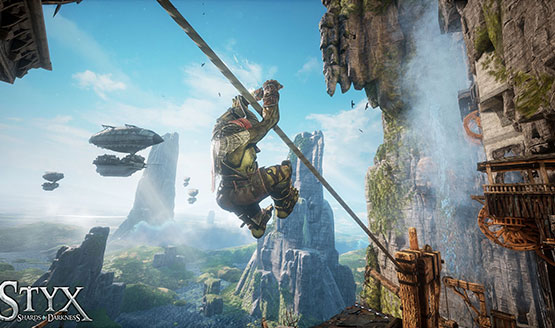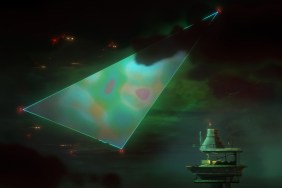When Focus Home, Cyanide Games, and Spiders released Of Orcs and Men back in 2012, it was met with very mixed reviews. And when its prequel and spin-off Styx: Master of Shadows came out two years later, we saw it as an improvement over its predecessor due to its take on stealth and combat that differed from the other stealth games in the market. Styx: Shards of Darkness is the third game of the series and the sequel to Master of Shadows and akin to how Master of Shadows was an improvement over Of Orcs and Men, Shards of Darkness is an even bigger improvement from its predecessors.
A Goblin Apart
The story of Shards of Darkness occurs sometime in between Master of Shadows and Of Orcs and Men with cameos of several notable characters from the series, something that fans of the original game will enjoy. While the plot starts out feeling insubstantial, it develops quite well through the course of the game with some interesting twists and developments. Just like in Master of Shadows, Styx is probably the best part of the entire game. His character and accompanying voice acting, his array of witty jokes and references, and his continual breaking of the fourth wall make for an entertaining and refreshing experience in the midst of the game’s seemingly serious and dark tones.
One of the areas Master of Shadows was most criticized for and fell short at was its visuals, which were considered subpar for a game released on the PlayStation 4. With the move to Unreal Engine 4, Shards of Darkness has remedied that issue with significantly improved visuals. Everything from the character models and texture to the visual effects such as the lighting and shadows have been upgraded, making Shards of Darkness feel more like a real PS4 title than its predecessor was. The only area where Shards of Darkness still stumbles in the visual department is the character animations in cutscenes, which still look awkward and robotic even though slightly improved from its predecessor.
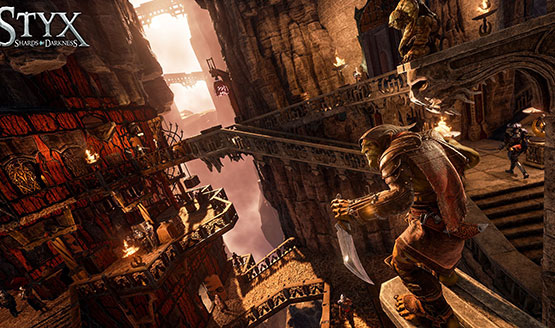
While the game’s campaign is relatively short, players are able to replay missions to try for a higher score or go back for missed objectives or collectibles, giving it a bit more replayability. The game is cut into eight missions with each being further divided into multiple zones. Players can choose to replay entire missions or just the current zone in case they’ve missed something crucial to one of their objectives, such as a quest item. Some of the game’s missions feature multiple main and side objectives, with some offering several options for completion, which forces players to think about how they go about each zone.
The level design of Shards of Darkness is undoubtedly one of its strengths and has greatly improved over its predecessor. Each of the game’s maps are now more open and feature a vast multitude of ways to traverse and go about them that sometimes intersect and intertwine. From multiple vertical levels to an array of ropes, ledges, hand holds, and more, players will not run out of ways to go through each of the game’s zones. The maps are also littered with places for Styx to hide or store corpses, barrels to push or roll down ledges or stairs to distract or maim enemies, chandeliers to drop, alarms to booby-trap, water basins and food trays to poison, and more.
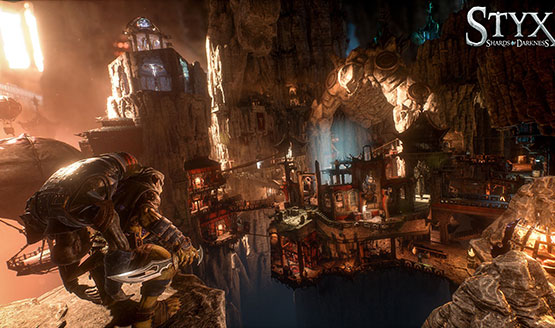
Stealth Is King
While other recent stealth games have slowly become more action-oriented, giving players the option of coming out of the shadows to directly confront enemies in combat, Shards of Darkness keeps the same style of its predecessor and focuses primarily on stealth and actually discourages confrontation. Much like Master of Shadows, going through a mission in Shards of Darkness undetected is encouraged and getting caught or discovered by enemies, especially larger groups, most of the time means death. While Styx is able to pull off stealth kills and assassinations in quite a number of ways, direct combat is something players will want to avoid, especially when against more than one opponent.
Don’t get me wrong, combat does still exist in Shards of Darkness though it’s still constrained to the faux mini-game that was introduced by its predecessor. For the unfamiliar, aside from the aforementioned stealth kills and assassinations, Styx is unable to directly attack opponents in combat. Instead, players have to wait for an opponent to attack and counter with a perfectly timed parry. Then and only then can Styx perform either a noisy or a quiet kill. It’s a combat system that works fine against a single opponent but fails miserably when multiple adversaries are in play, ostensibly making combat something to avoid altogether.
The difficult combat system leaves players to focus on stealth instead and finding ways to infiltrate and go through areas to complete objectives undetected. And while Styx isn’t a master of combat like his Of Orcs and Humans partner Arkail, he makes up for it with his ability to stealthily traverse areas which is supplemented by his interesting array of equipment and abilities. Like the original, Styx can use Amber Vision to see important elements in his surroundings such as items, enemies, and possible paths he can take. He can also make himself invisible for a time, make a clone of himself, and more. Styx also has access to his dagger, a wrist-mounted crossbow, and traps to stealthily take down enemies.
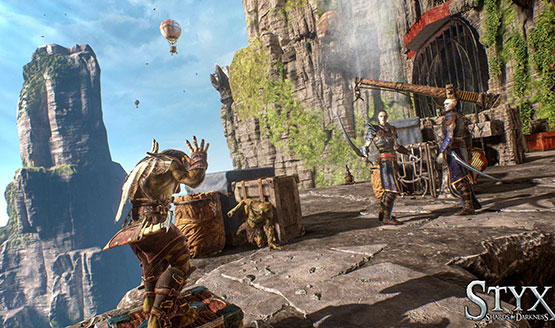
Tricks of the Trade
All of Styx’s abilities and equipment can be upgraded through a skill tree system that’s divided into five categories. Upgrades can be purchased using Skill Points that are collected through the game’s missions and can be used at skill upgrade stations found either at hideouts between missions or occasionally within mission maps. The skill tree upgrades includes ones that improve Styx’s stealth, combat and assassination, perception, cloning, and crafting abilities as well as upgrades and additions to his equipment such as an improved dagger and a mobile crafting station. Upgrades are refundable so players can mix and match or try out different builds to find one that suits their play style.
Apart from completing the objectives of each mission, the game scores players on four specific categories – Swiftness, Shadow, Mercy, and Thief – which are ranked either Gold, Silver, Bronze, or no score, and rewards players with Skill Points depending on the rank obtained. Swiftness is the speed at which players finish the mission, Shadow and Mercy are the number of times enemies are alerted or killed, respectively, and Thief measures how many collectibles were obtained. Except for Thief, a lower number is better for each of the categories. While the system adds an additional layer of challenge to the game, it ostensibly limits players to a certain play style to achieve Gold in all of the categories.
Styx: Shards of Darkness improves on its predecessor significantly without having to steer away from its core attributes. Everything from its visuals and dialogue to its gameplay and story have been upgraded and polished to an impressive sheen. It’s still far from being perfect and its style of stealth and combat might not be for everyone, but it’s definitely a challenging and enjoyable experience that sometimes forces you to think hard first before acting. The foundation that Of Orcs and Men built set the perfect stage for both Master of Shadows and Shards of Darkness and it can only get better and more interesting from here.
Review code for Styx: Shards of Darkness provided by publisher. For more information on scoring, please read our Review Policy.
-
Impressive visuals
-
Challenging gameplay
-
Interesting story
-
Occasionally iffy controls
-
Robotic cutscene animations
Styx Shards of Darkness Review
-
Styx: Shards of Darkness Review – Getting Better With Age (PS4)
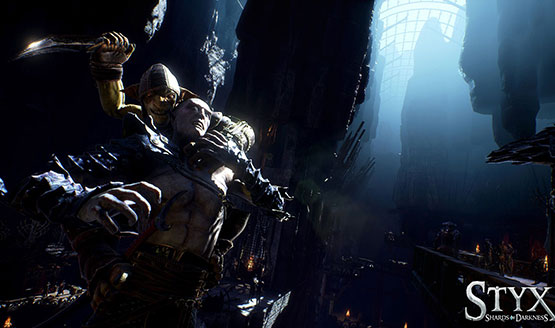
-
Styx: Shards of Darkness Review – Getting Better With Age (PS4)
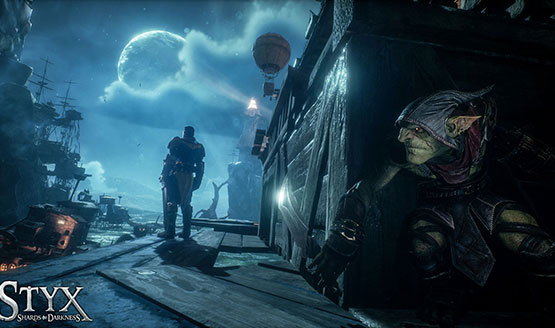
-
Styx: Shards of Darkness Review – Getting Better With Age (PS4)
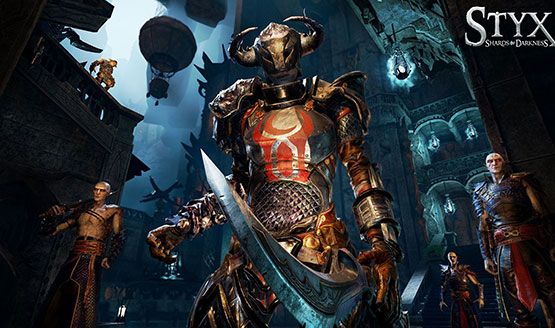
-
Styx: Shards of Darkness Review – Getting Better With Age (PS4)
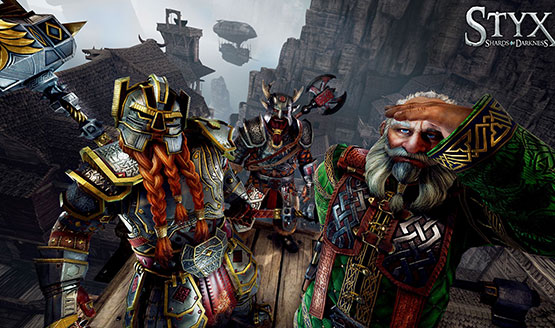
-
Styx: Shards of Darkness Review – Getting Better With Age (PS4)
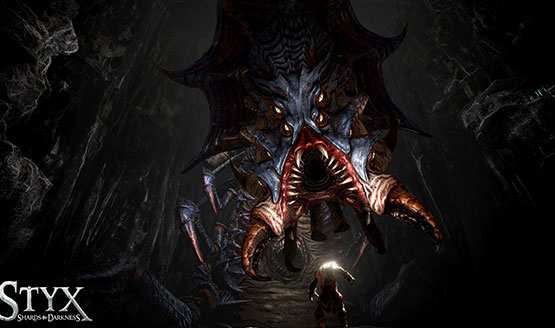
-
Styx: Shards of Darkness Review – Getting Better With Age (PS4)
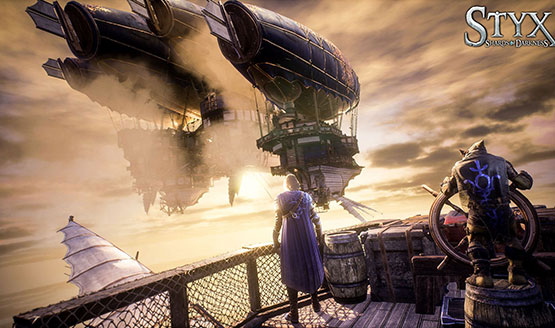
-
Styx: Shards of Darkness Review – Getting Better With Age (PS4)
